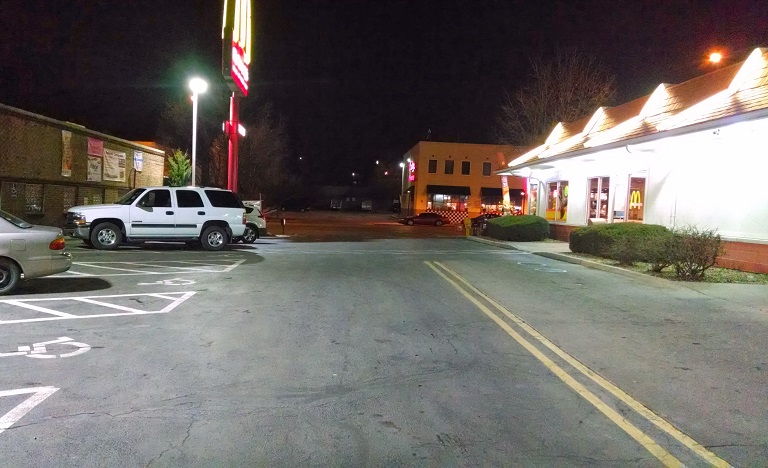In the ever-changing world of LED lighting technology, many business owners get cold feet about making the leap and opening their wallets to invest in energy-saving technology. But a business owner who considers LED lighting an investment and converts will not be disappointed.
However, as any seasoned investor will tell you, perform your due diligence first. Here are the answers to some common questions:
- Which of my existing fixtures can be converted to LED?
Most of the fixtures in your business can be converted to LED technology. The most commonly converted fixtures are:
Exterior: parking lot lights, building/wall pack light fixtures, gas canopy light fixtures, parking garage/structure fixtures, fluorescent signage, neon signage.
Interior: standard office (T12/T8 fluorescent) light fixtures, warehouse high bay fixtures, cooler door fixtures.
You will see the most “bang for your buck” by retrofitting light fixtures that consume the most energy (parking lot light fixtures), or the fixtures that are on for the longest duration (any fixtures that run 24 hours a day). For example, if you have 1000-watt Metal Halide parking lot lights, you can retrofit to a 290-watt LED fixture, saving about 75 percent energy. And, the light output will be better, which leads to point #2:
- Will I lose light output by switching to LEDs?
This is a common concern of business owners have who switch to LED lighting. If you are dealing with an experienced lighting company, and not just a company that is selling you “energy savings,” the company should be able to provide an LED fixture that matches or exceeds your existing light levels. One of the biggest benefits of LED lighting is the ability to “shape” the light output with varying optics and light distribution. If used properly, light levels should always meet or exceed existing output.
- How can I be sure I’m not buying “junk?”
Unfortunately, there is a lot of junk out there. Look for fixtures that carry a warranty of 5 to 10 years. Also, check the actual LED chip manufacturer used in the fixtures. Chips made by Philips, CREE, Nichia, Samsung among others are very reputable chip manufacturers.
- Are there any rebates to help offset cost?
Yes. KCP&L has rebates for customers in Missouri that commonly cover 50 percent of the total cost of your project, including labor, up to $250,000. Unfortunately, KCP&L customers in Kansas are not eligible for a rebate currently, but KCPL has announced that is changing some time in 2015. Even without a rebate, the payback on your investment should be around 4 to 5 years. And, with a rebate, the payback time is cut in half.
- What do I do now?
Contact a lighting company and ask them to perform a site audit of your existing lighting. Count the number of fixtures and run a formula for kWh electricity rates, the number of operating hours, along with the costs of new LED fixtures. Doing this before you make any decisions should give you an accurate picture of all costs, energy savings, and payback time frame. Get a sample or two installed in your facility to see for yourself. After making the switch, be prepared to see a little extra “GREEN” in your wallet every month.


